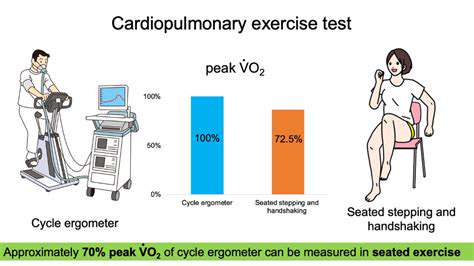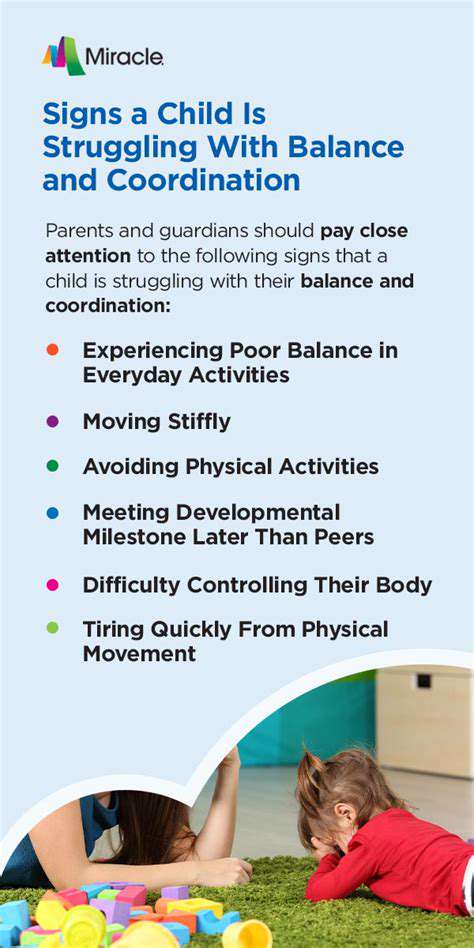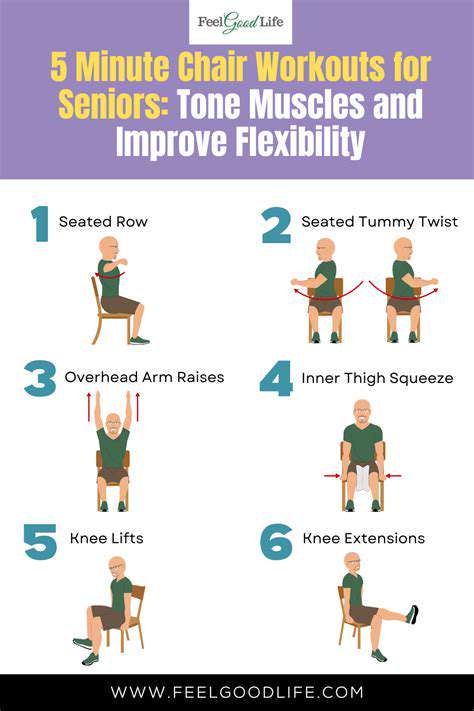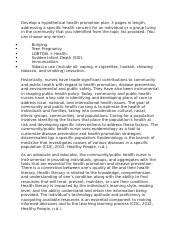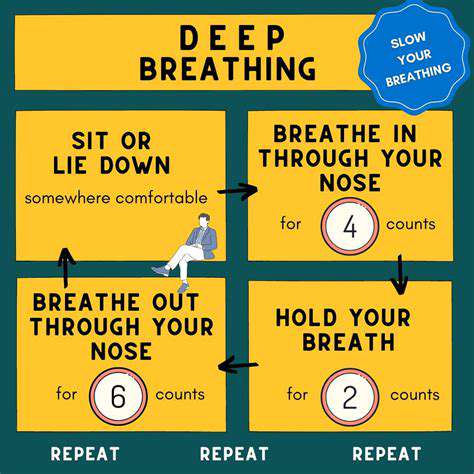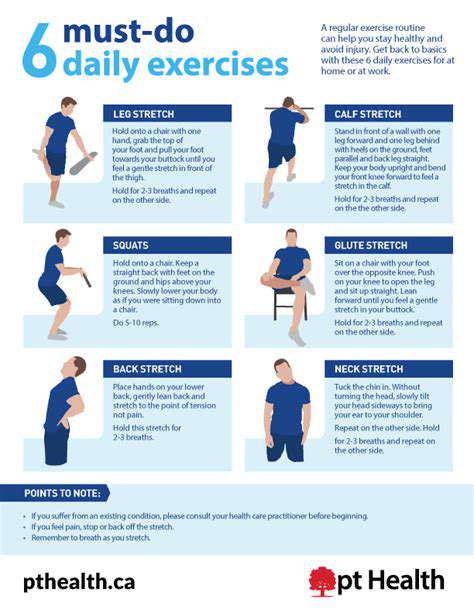Your Guide to Starting Chair Yoga: Tips for Older Adults
Finding the Right Chair
Choosing the right chair for chair yoga is crucial for a safe and effective practice. A sturdy, stable chair with a firm seat and a backrest is essential. Avoid chairs with loose or wobbly parts, as these can cause instability and lead to injuries during poses. Consider the height of the chair; it should allow you to maintain a comfortable and natural posture without straining your neck or back. Look for chairs with adjustable height if possible to accommodate different users.
A supportive chair with armrests can be beneficial for balance and stability, especially during more challenging poses. However, some poses may be more accessible without armrests. Ultimately, the best chair is one that you find comfortable and stable, allowing you to focus on your practice without worrying about the chair itself.
Preparing Your Space and Supplies
Creating a comfortable and safe space for your chair yoga practice is important. Clear a designated area free from clutter and distractions. Ensure the floor is clean and free of obstacles, providing ample space for you to move around the chair without hitting anything. A soft yoga mat or a non-slip floor covering is recommended to provide cushioning and prevent slipping. Consider using a blanket or bolster for added support during certain poses, such as for resting your head or for propping up your legs.
Having access to water is also a good idea, especially when practicing chair yoga. Keeping a glass of water nearby can help you stay hydrated throughout your practice. Having a small towel for wiping your brow and adjusting your clothing can be helpful. A timer can also be helpful for tracking the duration of your sessions and for ensuring you maintain the appropriate timings for each pose.
Understanding Basic Chair Yoga Poses
Chair yoga offers a wide range of poses, each designed to improve flexibility, balance, and strength. Starting with basic poses like seated forward folds and seated twists is a great way to begin. These gentle poses warm up the body and prepare you for more advanced poses. Learning how to maintain proper alignment and posture in these foundational poses is crucial for preventing injuries and maximizing the benefits of chair yoga. A good teacher can guide you through these foundational poses and provide personalized adjustments to help you find the right form.
As you progress, you can explore more challenging poses like chair backbends and chair lunges, all performed safely and within the limits of your capabilities. Remember to listen to your body and stop if you feel any pain or discomfort. Consistent practice can gradually enhance strength and flexibility, enabling you to move into more advanced poses over time.
Chair Yoga Poses and Modifications

Chair Forward Fold
Chair forward fold is a fantastic pose for gently stretching the hamstrings and lower back while seated. It's particularly helpful for those who may have tight hamstrings or difficulty reaching their toes. To perform this pose, sit upright in a chair with your feet flat on the floor. Inhale deeply and lengthen your spine. Then, exhale and hinge forward from your hips, keeping your back as straight as possible. You can hold onto the chair arms for support if needed. This pose can be modified by placing a rolled-up blanket or towel under your knees for added support.
By gently folding forward, you can release tension in the lower back and improve circulation. This pose is also beneficial for calming the nervous system and promoting a sense of relaxation. Holding the posture for a few minutes can be incredibly restorative, allowing your body to unwind and find a sense of stillness.
Chair Twist
Chair twist is a wonderful pose for gently massaging the abdominal organs and improving spinal mobility. This pose is great for those seeking to improve digestion and promote a sense of calm and well-being. To perform this pose, sit upright in a chair with your feet flat on the floor. Inhale and lengthen your spine. Exhale and twist your torso to one side, placing your hand on the opposite knee or outside of your thigh. Keep your chest open and shoulders relaxed.
Maintaining a straight spine is crucial to prevent strain and ensure the pose is performed correctly. Maintain a gentle twist, avoiding any force or strain on your back. Keep your gaze over your shoulder on the side you are twisting. Hold the twist for several breaths, then repeat on the other side.
Chair Triangle Pose
Chair triangle pose is a wonderful pose for increasing flexibility in the hips and thighs, while also strengthening the legs. It is a great pose for those who want to improve balance and stability. Begin by sitting upright in your chair with your feet flat on the floor. Extend one leg out in front of you and lower it towards the floor, keeping your torso upright and your knee aligned with your ankle.
You can use your hands to support your lower back if necessary. Keep your hips and shoulders square to the front of the chair. This pose stretches the inner and outer thighs and hips, promoting flexibility and mobility. Hold the pose for a few breaths, then repeat on the other side. This pose can be modified by using a chair or bench for support if needed.
This pose can also be modified to be a great way to strengthen your core muscles and improve your posture. By engaging your core muscles while holding the position you can increase the benefits of the pose.
Building a Consistent Chair Yoga Routine
Setting the Stage for Success
Establishing a dedicated space for your chair yoga practice is crucial for creating a calming and focused environment. Choose a quiet corner of your home, free from distractions like phones and televisions. Ensure the area is well-lit and comfortable, with a soft rug or mat to cushion your feet and provide a sense of stability and grounding. This initial step sets the tone for a positive and productive yoga session, promoting relaxation and mindfulness throughout your practice.
Understanding Your Body's Needs
Before beginning any new exercise routine, it's vital to acknowledge your individual needs and limitations. Listen to your body and don't push yourself beyond your comfort zone. If you have any pre-existing medical conditions, consult your doctor before starting a chair yoga routine. This proactive approach ensures safety and allows you to tailor the practice to your specific physical requirements, maximizing the benefits while minimizing potential risks.
Acknowledging any physical limitations is key to a safe and effective practice. If you experience pain during any posture, stop immediately and consult a healthcare professional if needed.
Warm-up Rituals for Enhanced Flexibility
A proper warm-up is essential to prepare your body for the more demanding poses in your chair yoga routine. Begin with gentle stretches, like shoulder rolls, neck rotations, and wrist circles. These preparatory movements increase blood flow to the muscles, improving flexibility and reducing the risk of injury. A focused warm-up routine creates a smooth transition into the main practice, allowing your body to gracefully move through the various poses.
Mastering the Foundation Poses
Chair yoga focuses on accessible poses that can be performed while seated. Start with foundational poses like seated forward folds, spinal twists, and gentle neck stretches. These poses enhance flexibility, improve posture, and promote relaxation. Learning these fundamental postures will build a strong foundation for your chair yoga practice and allow you to progress to more complex poses with confidence and ease.
Incorporating Breathing Techniques
Breathing exercises are an integral part of chair yoga, enhancing both physical and mental well-being. Incorporate deep, conscious breathing techniques into your routine. Practice inhaling deeply through your nose, filling your lungs completely, and exhaling slowly through your mouth. These mindful breathing techniques calm the mind, reduce stress, and promote a sense of inner peace, which enhances your overall yoga experience.
Crafting a Personalized Routine
Creating a consistent routine is key to reaping the benefits of chair yoga. Start with a 15-minute session a few times a week, gradually increasing the duration as you become more comfortable with the practice. Combine different poses to create a personalized routine that caters to your specific needs and preferences. Remember to listen to your body, modify poses as needed, and always prioritize your well-being.
Maintaining Motivation and Consistency
Maintaining consistent chair yoga practice is essential for achieving lasting results. Set realistic goals and celebrate your progress along the way. Find ways to make your practice enjoyable, such as incorporating calming music or nature sounds. Partner with a friend or join a chair yoga class to stay motivated and accountable. Developing a supportive environment fosters consistency and helps you stick with your practice, maximizing the positive impact of chair yoga on your physical and mental health.
